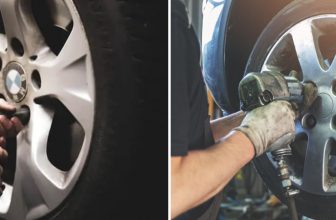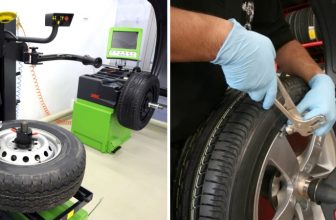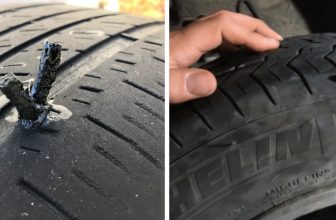How to Calibrate a Tire Pressure Gauge
One of the most critical maintenance tasks for a car owner is checking the tire pressure regularly. This helps to ensure that your vehicle runs smoothly on the road, reduces the risk of accidents, and saves you money on fuel and tire replacements. But how do you know if your tire pressure gauge is accurate? By calibrating it. In this blog post, we’re going to detail how to calibrate a tire pressure gauge so that you get more precise readings.
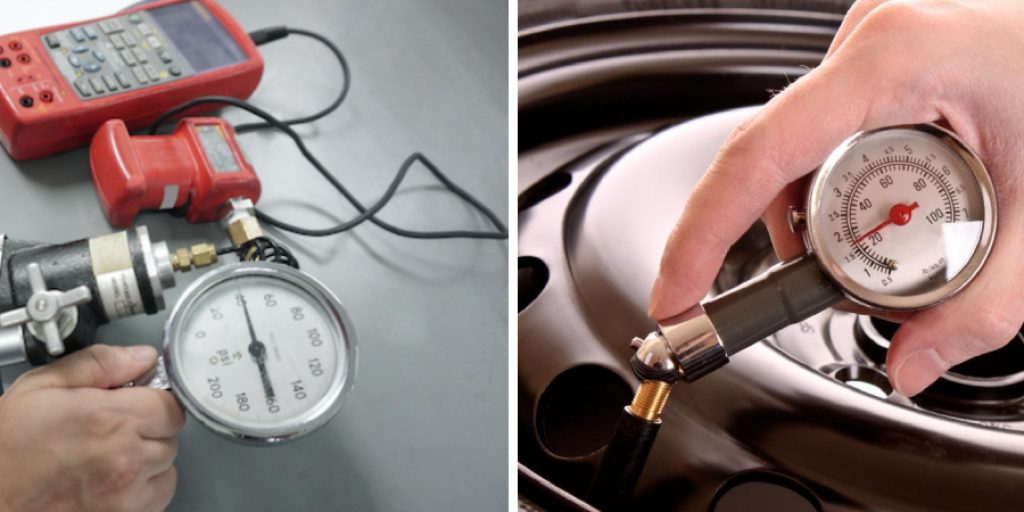
Can You Calibrate a Tire Pressure Gauge?
Maintaining the proper tire pressure is crucial for your vehicle’s performance, safety, and fuel efficiency. A tire pressure gauge is a handy tool that measures the air pressure inside your tires. After consistent use, a tire pressure gauge may lose its accuracy, leading to incorrect readings. This is why calibration is essential to ensure that the gauge is still measuring correctly.
Even though a tire pressure gauge is a relatively inexpensive tool, it can save you money in the long run by preventing underinflation, which can cause uneven tire wear and lead to a blowout. Calibrating a tire pressure gauge is straightforward and can be done at home with a few simple steps.
Why Should You Calibrate a Tire Pressure Gauge?
When it comes to keeping our cars running smoothly, there are plenty of things we all know we should be doing. Regular oil changes, tire rotations, and brake checks are all essential for maintaining the life of your vehicle. But have you ever stopped to think about the importance of tire pressure? It might not be something that’s on your mind all the time, but it should be.
A properly inflated tire can be the difference between a smooth, safe ride and a dangerous blowout on the highway. That’s why it’s so important to have a reliable tire pressure gauge. But it’s not enough to just have one – you need to make sure it’s calibrated correctly. In this article, we will explore why calibrating your tire pressure gauge is so critical and what you can do to ensure your gauge is always as accurate as possible.
How to Calibrate a Tire Pressure Gauge to Ensure Accurate Readings
Step 1: Understand Your Tire Pressure Gauge
Before calibrating your tire pressure gauge, it’s vital to understand your type of gauge and its features. Tire pressure gauges come in a range of designs, such as digital or analog. The analog gauge has the traditional needle-and-dial display, while digital gauges have a digital readout display. Some gauges have an automatic shut-off function after taking a reading, while others don’t. Understanding the features of your gauge ensures you calibrate it correctly.
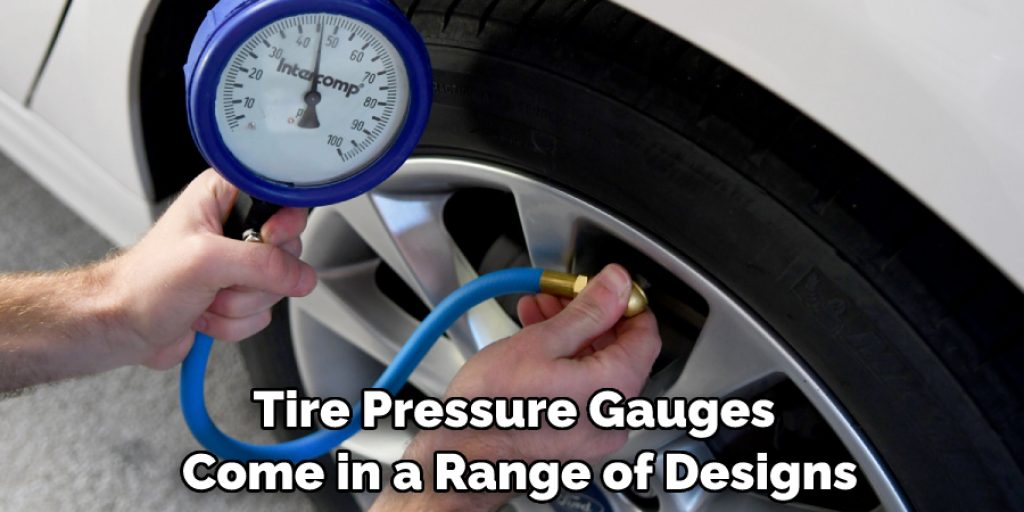
Step 2: Use a Calibration Tool
You’ll need a calibration tool, also known as a master gauge, to calibrate your tire pressure gauge accurately. The master gauge must have a valid calibration certificate to ensure its accuracy. The master gauge should be at least 10% more precise than your tire pressure gauge. So if your tire pressure gauge’s reading goes up by increments of one and a half, the master gauge should be accurate up to an increment of 0.5.
Step 3: Prepare Your Tire Pressure Gauge
Make sure your tire pressure gauge is clean and without debris that might affect its accuracy. If there’s any debris clogging the dial, use a small brush or cloth to clean it off. Never use chemicals, as they can damage the gauge. Also, make sure that the batteries for digital gauges are fully charged.
Step 4: Calibrate Your Gauge
To calibrate your tire pressure gauge, you’re going to make a comparison – the master gauge and your tire pressure gauge readings. Connect the master gauge to your tire and record the reading. Remove the master gauge and connect the tire pressure gauge to the same valve and take a reading. Compare these two readings – if it’s the same, it means your tire pressure gauge is accurate. If there’s a difference, it means your gauge is not accurate. In case of inaccuracy, you can adjust the tire pressure gauge as per the manufacturer’s instructions.
Step 5: Test Your Gauge
After calibrating your tire pressure gauge, it’s essential to test it again to ensure its accuracy. Repeat the calibration process at least three times to confirm that the pressure gauge is now accurately reporting your tire’s pressure. If the gauge still appears not accurate, it might be time to replace it.
Step 6: Store Your Tire Pressure Gauge Properly
To ensure your tire pressure gauge doesn’t become inaccurate, storing it properly after each use is important. Keep the gauge away from extreme temperatures and humidity levels. If you have a digital tire pressure gauge, store it without its batteries, as this will help keep the battery life longer.
Step 7: Regularly Check for Accuracy
As with most things, regular maintenance and calibration are needed to ensure accuracy in your tire pressure gauge readings. It’s wise to check that your tire pressure gauge is always accurate before you use it. A faulty reading can lead to under-inflated or over-inflated tires, which could cause an accident. Be sure to check for accuracy regularly.
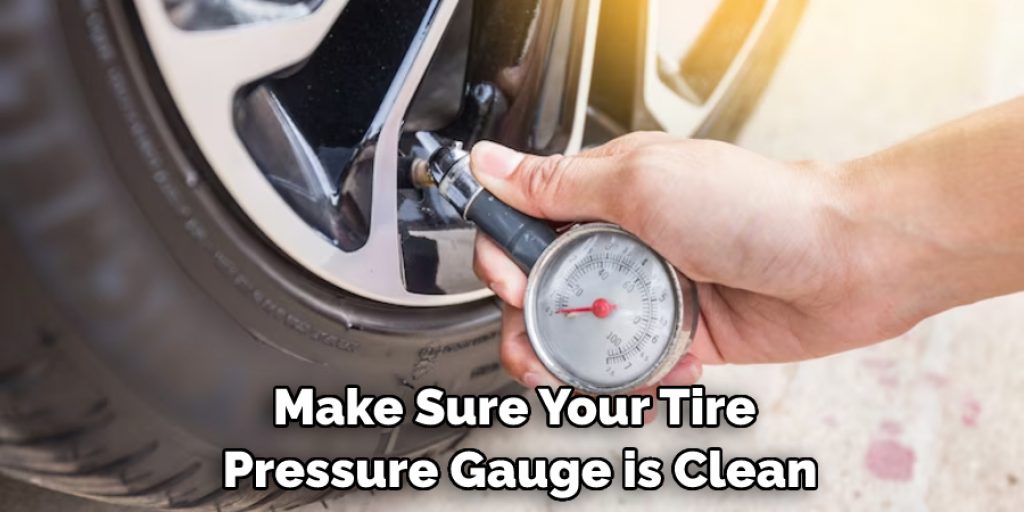
That’s it! You’ve now learned the fundamental steps for how to calibrate a tire pressure gauge. With regular maintenance and calibration, your tire pressure gauge will always give you accurate readings. Drive safe and enjoy the journey!
5 Considerations Things When You Need to Calibrate a Tire Pressure Gauge
1. Check the Manufacturer’s Specifications
The first thing you need to do when calibrating a tire pressure gauge is to check the manufacturer’s specifications. Every tire pressure gauge is different, and you need to make sure you’re following the specific instructions for your model. If you don’t have the manufacturer’s specifications, you can usually find them online.
2. Choose the Right Environment
Choosing the right environment when calibrating your tire pressure gauge is important. The temperature and humidity can affect the accuracy of the calibration, so it’s best to do it in a controlled environment like a garage or workshop.
3. Use the Right Equipment
You’ll also need the right equipment to calibrate your tire pressure gauge. Most gauges will require an air compressor, and you may also need a calibrated reference gauge.
4. Follow the Steps Carefully
Calibrating a tire pressure gauge is delicate, so following the steps carefully is important. Make sure you understand each step before moving on to the next one, and take your time to avoid making any mistakes.
5. Check the Results
Once you’ve calibrated your tire pressure gauge, checking the results is important. Compare your gauge’s readings to those of a reference gauge, and make sure they match up within the specified margin of error.
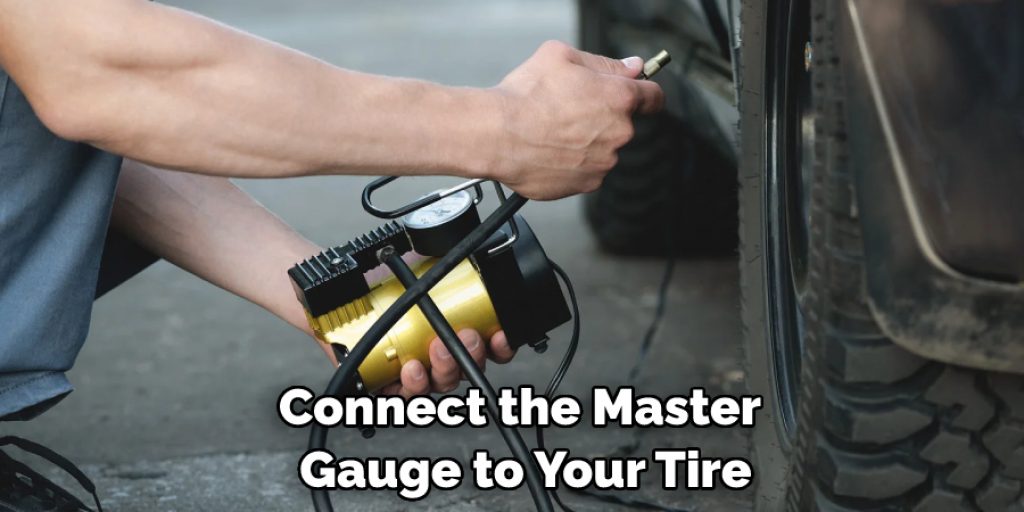
Benefits of Calibrate a Tire Pressure Gauge Calibrate a Tire Pressure Gauge
Proper tire pressure is essential for both safety and performance when driving. To ensure accurate readings, it’s crucial to calibrate your tire pressure gauge regularly. Calibrating your gauge will not only increase the lifespan of your tires but also improve fuel efficiency and save money in the long run.
A well-calibrated gauge will also provide peace of mind while driving and reduce the risk of blowouts or other tire-related accidents. Whether you’re a seasoned driver or a new one, taking the time to calibrate your tire pressure gauge is a simple yet effective step in maintaining your vehicle’s optimal performance.
Some Common Mistakes People Make When Trying to Calibrate a Tire Pressure Gauge
Calibrating a tire pressure gauge can be a tricky business. It’s essential to have accurate readings to ensure that you’re not underinflating or overinflating your tires. Unfortunately, many people make common mistakes that can lead to incorrect readings. For example, using a damaged gauge or not holding it straight while reading can give you inaccurate results. Failing to reset the gauge to zero before taking a reading can also lead to faulty readings. The good news is that avoiding these mistakes is straightforward, and you can get consistent readings every time with a little care.
How Often Should You Calibrate a Tire Pressure Gauge?
Maintaining optimal tire pressure is essential to ensure smooth rides on the road. A tire pressure gauge is necessary for car owners, but how often should one calibrate it? The answer is simple- once a year. Calibrating your tire pressure gauge annually will ensure accurate readings, which will help you keep your tires in good working condition. Over or underinflated tires can affect your vehicle’s handling, fuel economy, and braking ability.
Therefore, it’s crucial to make sure your tire pressure gauge is calibrated correctly and consistently to guarantee your tire pressure stays accurate. Remember, a well-calibrated gauge is a small price to pay for peace of mind, travel safety, and vehicle longevity.
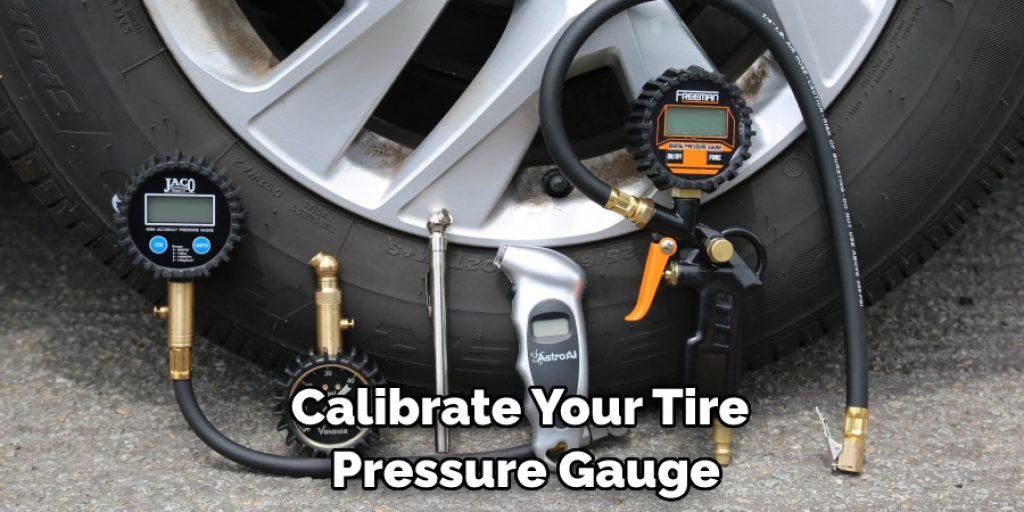
Conclusion
Tire pressure gauges that are not accurate lead to inaccurate readings, which make it difficult to determine the correct amount of air pressure in your vehicle’s tires. By calibrating your tire pressure gauge, you can obtain accurate readings and drive with the confidence of knowing that your tires are set to the recommended pressure levels. Proper calibration is critical to maintaining the accuracy and longevity of your tire pressure gauge.
Following the steps outlined in this blog, you can keep your tire pressure gauge in excellent working condition, ensuring you obtain the most precise readings in the future. Thanks for reading our post about how to calibrate a tire pressure gauge.

